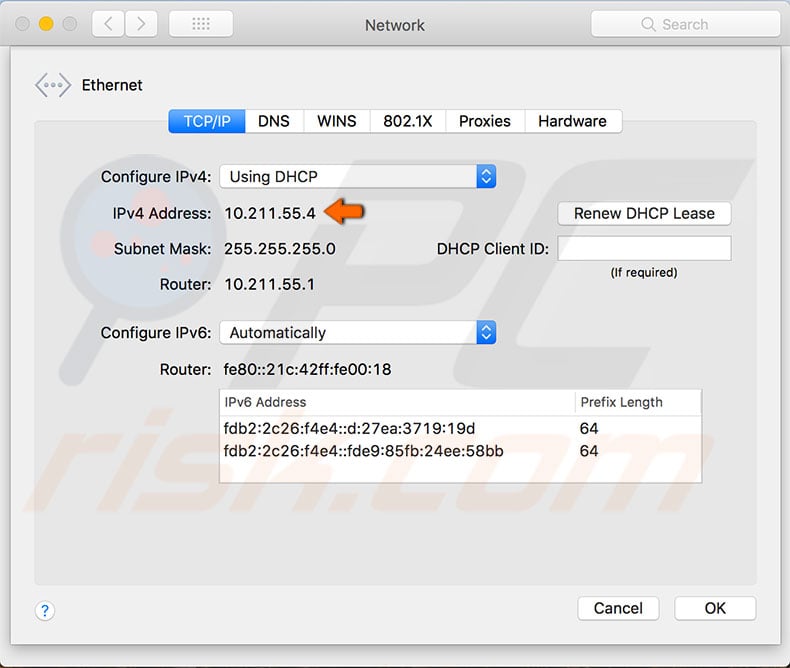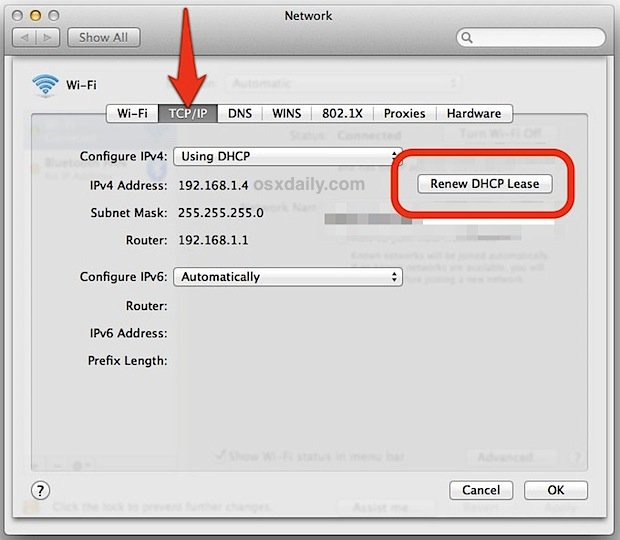Configure network interface parameters. The ifconfig utility is used to assign an address to a network interface and/or configure network interface parameters.
If the interface is a bond pseudo device, associate physical interface iface with it. By default, the bond pseudo device is in LACP (Link Aggregation Control Protocol) mode (see bond-mode bondmode mode below). In this mode, the device conforms to the IEEE 802.3ad Link Aggregation specification.
If this is the first physical interface to be associated with the bond interface, the bond interface inherits the ethernet address from the physical interface. Physical interfaces that are added to the bond have their ethernet address re-programmed so that all members of the bond have the same ethernet address. If the physical interface is subsequently removed from the bond using -bonddev, a new ethernet address is chosen from the remaining interfaces, and all interfaces are reprogrammed again with the new ethernet address. If no remaining interfaces exist, the bond interface's ethernet address is cleared.
If the specified physical interface iface is not capable of having its ethernet address reprogrammed, the bonddev command will fail.
Once the physical interface iface is successfully associated with the bond interface, all received packets are diverted to the bond interface. The physical interface is no longer useable on its own, and remains that way until it is removed from the bond using -bonddev.
It is possible that the specified interface iface is not capable of aggregating, and can remain unused until the operating conditions change.
The link status of the bond interface depends on the state of link aggregation. If no active partner is detected, the link status will remain inactive.
To monitor the 802.3ad Link Aggregation state, use the -b option.
A physical interface that is associated with a vlan pseudo device cannot at the same time be associated with a bond pseudo device. A physical interface cannot be associated with more than one bond pseudo device at the same time.
It is not possible to associate a bond with pseudo interfaces such as vlan. Only physical ethernet interfaces can be associated with a bond.
Ldconfig equivalent in Mac OS X? Ask Question Asked 11 years, 2 months ago. Active 2 years, 8 months ago. Viewed 48k times 40. Is there a parallel command to. Spoof a new mac address n.b. This will not work for 2018+ MacBook Pros running High Sierra or newer - fails silently: $ sudo ifconfig en0 ether newmacaddress Assign the IPv4 address 192.0.2.10, with a network mask of 255.255.255.0, to the interface en0. What is the Mac OS X equivalent of tracert? Smetterd asked on 2005-10-19. Apple Hardware; Apple OS; Apple Networking; 3 Comments. Last Modified: 2013-11-17. Any other good network troubleshooting tools for a shell in Mac OS X will be appreciated. Ipconfig mac terminal. Ipconfig Mac - Just like you you can open command prompt in Windows and hit ipconfig to get your local LAN/WLAN IP address, you have the same option on a Mac in OS X with the command ifconfig. Simply open up the terminal, eg. By pressing cmd+space and typing terminal. Then type ifconfig and hit enter Question: Q: ipconfig.
The ifconfig utility displays the current configuration for a network interface when no optional parameters are supplied. If a protocol family is specified, ifconfig will report only the details specific to that protocol family.
If the -m flag is passed before an interface name, ifconfig will display the capability list and all of the supported media for the specified interface.
If -L flag is supplied, address lifetime is displayed for IPv6 addresses, as time offset string.
Optionally, the -a flag can be used instead of an interface name. This flag instructs ifconfig to display information about all interfaces in the system. The -d flag limits this to interfaces that are down, and -u limits this to interfaces that are up. When no arguments are given, -a is implied.
The -l flag can be used to list all available interfaces on the system, with no other additional information. Use of this flag is mutually exclusive with all other flags and commands, except for -d (only list interfaces that are down) and -u (only list interfaces that are up).
The -v flag can be used to get more verbose status for an interface.
The -C flag can be used to list all of the interface cloners available on the system, with no additional information. Use of this flag is mutually exclusive with all other flags and commands.
The -r flag can be used to show additional information related to the count of route references on the network interface.
For bridge interfaces, the list of addresses learned by the bridge is not shown when displaying information about all interfaces except when the -v flag is used.
Only the super-user can modify the configuration of a network interface.
NOTES
The media selection system is relatively new and only some drivers support it (or have need for it).

Examples

Display the mac address for en0 (via StackOverflow)
$ ifconfig en0 | grep -o -E '([[:xdigit:]]{1,2}:){5}[[:xdigit:]]{1,2}'
Spoof a new mac address n.b. this will not work for 2018+ MacBook Pros running High Sierra or newer - fails silently:
$ sudo ifconfig en0 ether new_mac_address
Assign the IPv4 address 192.0.2.10, with a network mask of 255.255.255.0, to the interface en0:
$ ifconfig en0 inet 192.0.2.10 netmask 255.255.255.0
Add the IPv4 address 192.0.2.45, with the CIDR network prefix /28, to the interface en0, using add as a
synonym for the canonical form of the option alias:
$ ifconfig en0 inet 192.0.2.45/28 add
Remove the IPv4 address 192.0.2.45 from the interface en0:
$ ifconfig en0 inet 192.0.2.45 -alias
Add the IPv6 address 2001:DB8:DBDB::123/48 to the interface en0:
$ ifconfig en0 inet6 2001:db8:bdbd::123 prefixlen 48 alias
Note that lower case hexadecimal IPv6 addresses are acceptable.
Remove the IPv6 address added in the above example, using the / character as shorthand for the network
prefix, and using delete as a synonym for the canonical form of the option -alias:
$ ifconfig en0 inet6 2001:db8:bdbd::123/48 delete
Configure the interface en1, to use 100baseTX, full duplex Ethernet media options:
$ ifconfig en1 media 100baseTX mediaopt full-duplex
Create the software network interface gif1:
$ ifconfig gif1 create
Destroy the software network interface gif1:
$ ifconfig gif1 destroy
Basic IPv6 node operation requires a link-local address on each interface configured for IPv6. Normally, such an address is automatically configured by the kernel on each interface added to the system; this behaviour can be disabled by setting the sysctl MIB variable net.inet6.ip6.auto_linklocal to 0.
If you delete such an address using ifconfig, the kernel might act very odd. Do this at your own risk.
BSD June 20, 2008

“A Connection Manager connection does not connect after being disconnected” - Title of Microsoft KnowledgeBase article

Related macOS commands:
Mac Os Ipconfig
airport - Manage Apple AirPort.
netstat(1) - Networking information.
netintro(4)
sysctl(8)
ipchicken.com
Equivalent Windows command: NETSH - Configure Interfaces.
Run Ipconfig On Mac
Some rights reserved
